How To Put Nd Filter On Mavic Pro ?
To put an ND filter on the Mavic Pro, follow these steps:
1. Remove the gimbal cover from the Mavic Pro.
2. Locate the filter thread on the gimbal.
3. Screw the ND filter onto the filter thread.
4. Adjust the filter to the desired position.
It is important to note that the Mavic Pro has a 3-axis gimbal, which means that the camera is stabilized in three directions. Adding an ND filter can help to reduce the amount of light entering the camera, which can improve the quality of your footage. ND filters are particularly useful when shooting in bright sunlight or when you want to achieve a shallow depth of field. There are different types of ND filters available, each with a different level of light reduction. It is important to choose the right filter for your needs.
1、 Understanding ND filters for drones
How to put ND filter on Mavic Pro:
1. First, make sure your Mavic Pro is turned off and the gimbal is in its default position.
2. Locate the ND filter slot on the front of the camera lens.
3. Choose the appropriate ND filter for your shooting conditions. ND filters come in different strengths, from ND2 to ND1000, with ND2 being the lightest and ND1000 being the darkest.
4. Hold the ND filter with the darker side facing the camera lens and the lighter side facing outwards.
5. Align the filter with the slot on the camera lens and gently push it in until it clicks into place.
6. Turn on your Mavic Pro and check the camera view to ensure the ND filter is properly attached and not obstructing the lens.
Understanding ND filters for drones:
ND filters, or neutral density filters, are essential accessories for drone photography and videography. They reduce the amount of light entering the camera lens, allowing you to use slower shutter speeds and wider apertures in bright conditions. This results in smoother, more cinematic footage with less motion blur and better depth of field.
ND filters are particularly useful for capturing aerial footage of landscapes, waterfalls, and other outdoor scenes with bright sunlight. They also help to prevent overexposure and highlight clipping, which can occur when shooting in bright conditions without an ND filter.
When choosing an ND filter, consider the lighting conditions and the effect you want to achieve. A lighter ND filter, such as ND2 or ND4, is suitable for slightly bright conditions, while a darker ND filter, such as ND1000, is ideal for extremely bright conditions or long exposure shots.
In summary, ND filters are a must-have accessory for drone photographers and videographers. They help to improve the quality of your footage and allow you to capture stunning aerial shots in a variety of lighting conditions.
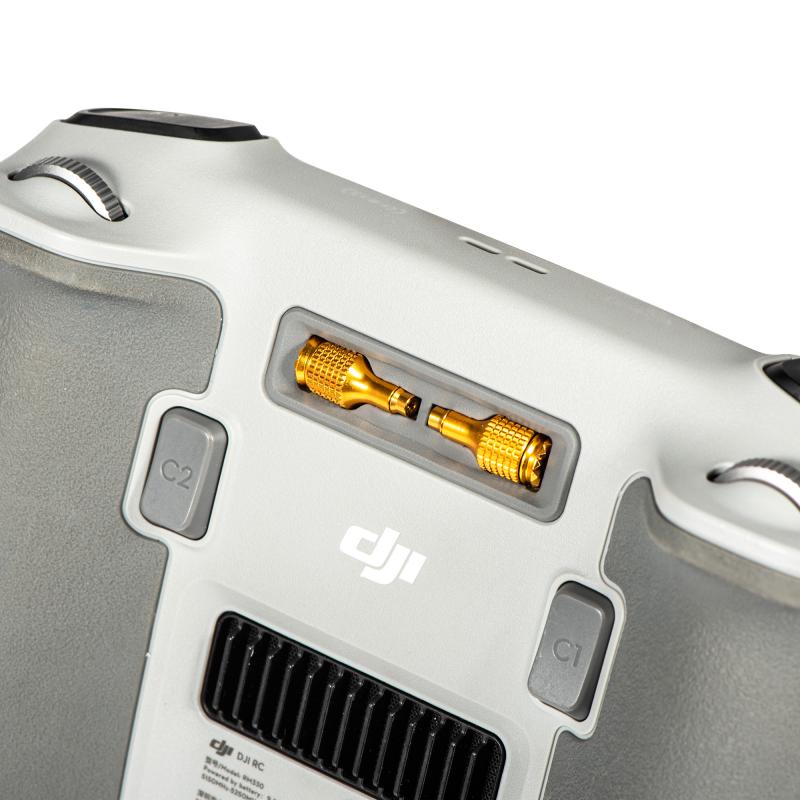
2、 Choosing the right ND filter for Mavic Pro
How to put ND filter on Mavic Pro:
Putting an ND filter on your Mavic Pro is a simple process. First, remove the gimbal cover from your drone. Then, locate the filter thread on the camera lens. Screw the ND filter onto the thread until it is securely in place. Make sure the filter is aligned properly and does not obstruct the camera view.
Choosing the right ND filter for Mavic Pro:
Choosing the right ND filter for your Mavic Pro depends on the lighting conditions and the effect you want to achieve. ND filters come in different strengths, ranging from ND2 to ND1000. The higher the number, the darker the filter and the more light it blocks.
For bright sunny days, a higher strength ND filter such as ND16 or ND32 is recommended to reduce the amount of light entering the camera and prevent overexposure. For cloudy or low light conditions, a lower strength ND filter such as ND4 or ND8 is suitable to add some depth and contrast to your footage.
It is important to note that using an ND filter can affect the white balance and color accuracy of your footage. To avoid this, it is recommended to set the white balance manually and shoot in RAW format for post-processing.
In conclusion, choosing the right ND filter for your Mavic Pro can greatly enhance the quality of your aerial footage. It is important to consider the lighting conditions and the effect you want to achieve when selecting the appropriate filter strength.
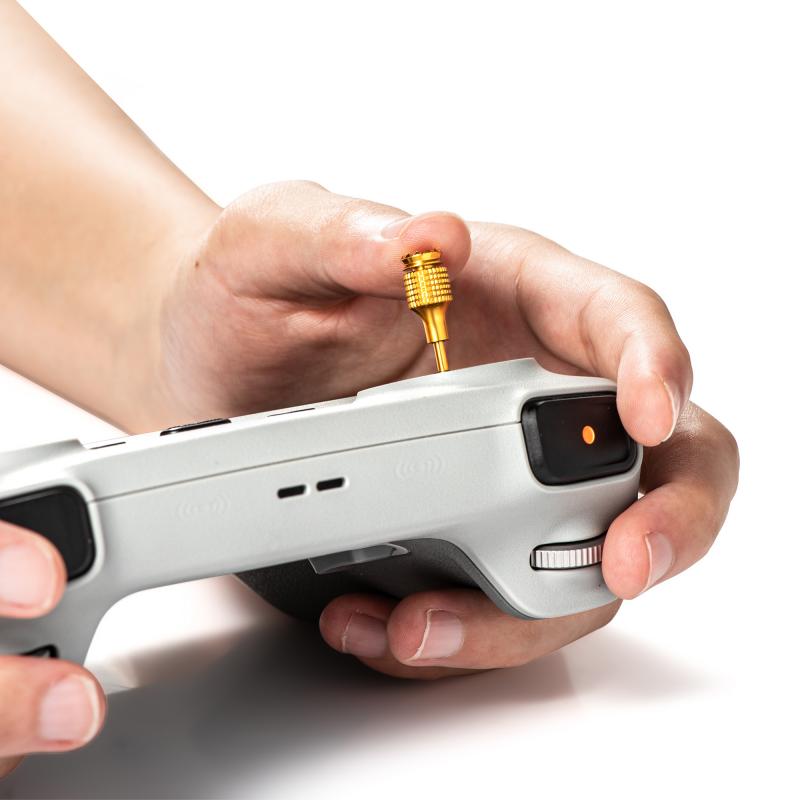
3、 Installing the ND filter on Mavic Pro camera
How to put ND filter on Mavic Pro? Installing an ND filter on the Mavic Pro camera is a simple process that can significantly improve the quality of your aerial footage. ND filters are essential for reducing the amount of light that enters the camera lens, allowing you to capture more cinematic footage with a slower shutter speed and wider aperture.
To install an ND filter on your Mavic Pro camera, follow these steps:
1. Remove the gimbal cover from the camera by gently pulling it off.
2. Locate the filter thread on the camera lens. It is a small metal ring that surrounds the lens.
3. Choose the appropriate ND filter for your shooting conditions. ND filters come in different strengths, ranging from ND4 to ND32. The higher the number, the darker the filter.
4. Screw the ND filter onto the filter thread on the camera lens. Make sure it is securely attached.
5. Power on your Mavic Pro and start filming.
It is important to note that the Mavic Pro camera has a fixed aperture of f/2.2, which means that the ND filter will only affect the shutter speed. To achieve the best results, it is recommended to use the lowest possible ISO setting and adjust the shutter speed accordingly.
In conclusion, installing an ND filter on your Mavic Pro camera is a simple process that can significantly improve the quality of your aerial footage. With the right ND filter, you can capture more cinematic footage with a slower shutter speed and wider aperture.
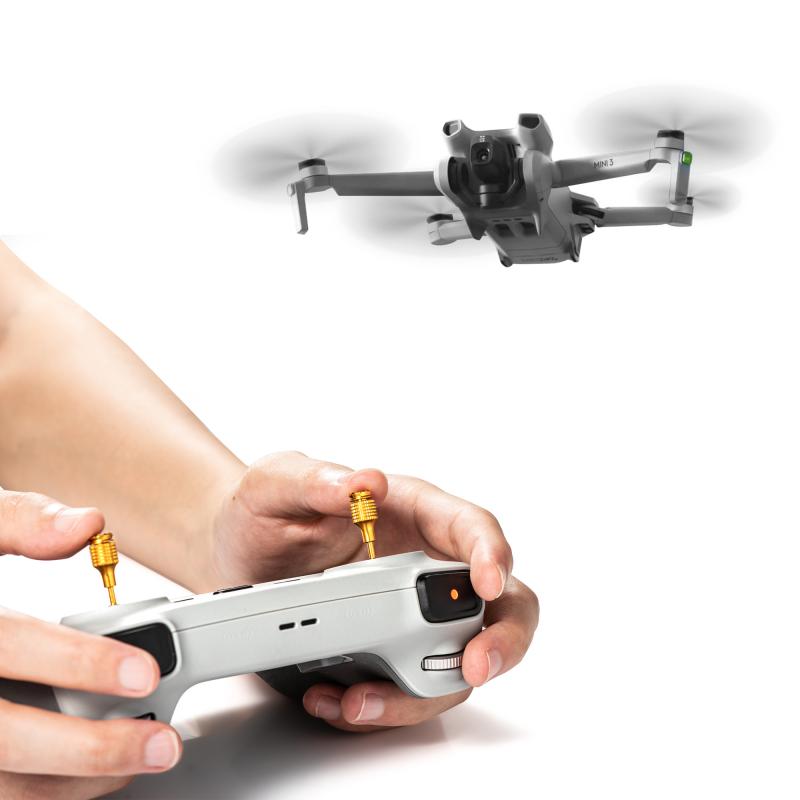
4、 Adjusting camera settings for ND filter
How to put ND filter on Mavic Pro:
1. First, remove the gimbal cover from the Mavic Pro camera.
2. Locate the filter thread on the camera lens.
3. Screw the ND filter onto the filter thread in a clockwise direction until it is securely attached.
4. Turn on the Mavic Pro and adjust the camera settings to suit the lighting conditions.
Adjusting camera settings for ND filter:
Once the ND filter is attached to the Mavic Pro camera, it is important to adjust the camera settings to ensure the best possible results. The ND filter reduces the amount of light entering the camera, which can result in overexposed images if the camera settings are not adjusted accordingly.
To adjust the camera settings for the ND filter, follow these steps:
1. Open the DJI Go 4 app on your mobile device and connect to the Mavic Pro.
2. Tap on the camera icon to access the camera settings.
3. Adjust the ISO, shutter speed, and aperture settings to suit the lighting conditions.
4. Use the histogram to ensure that the exposure is correct.
5. Take test shots and adjust the settings as necessary to achieve the desired results.
It is important to note that the specific camera settings required will depend on the lighting conditions and the type of ND filter being used. It may take some trial and error to find the optimal settings for your particular situation. However, with practice and experimentation, you can achieve stunning results with your Mavic Pro and ND filter.
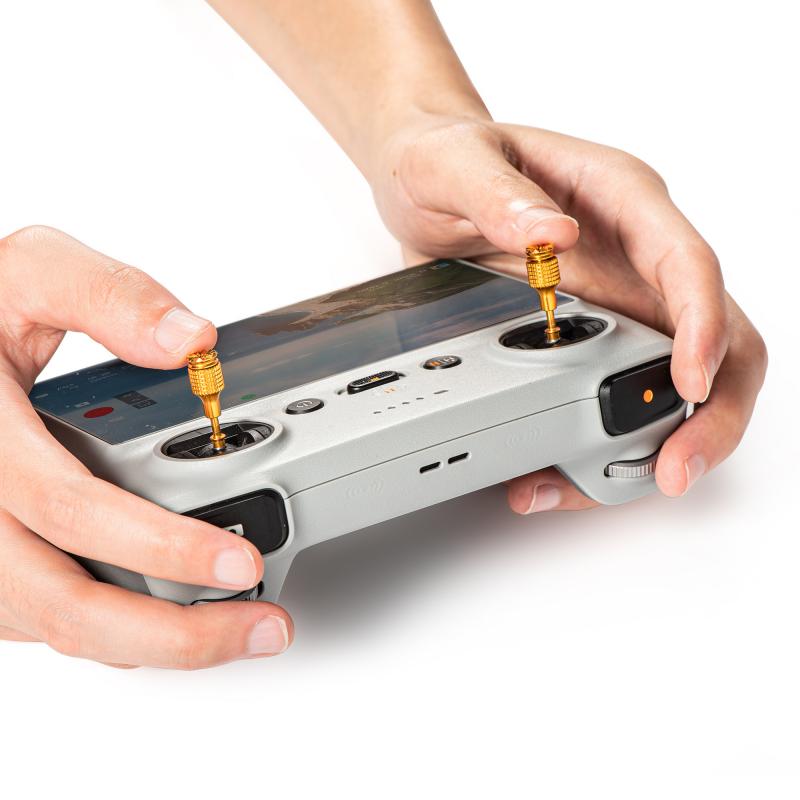









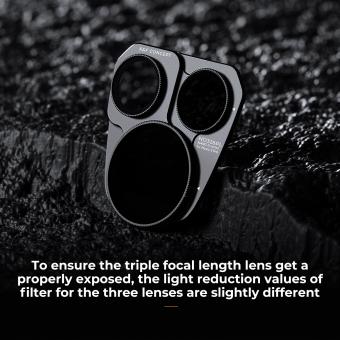



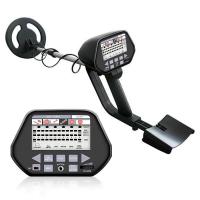
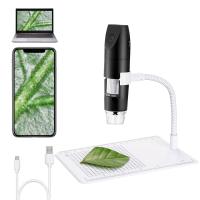
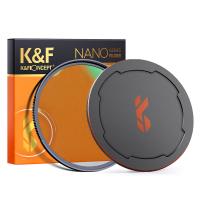


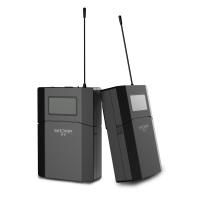
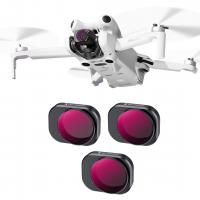

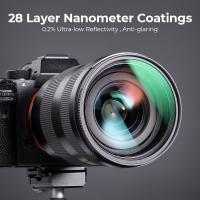
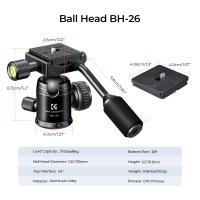
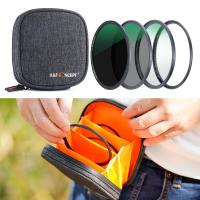
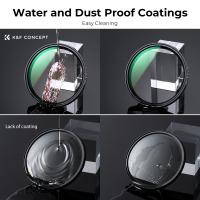
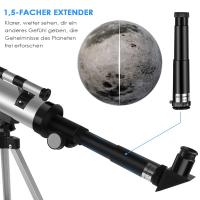
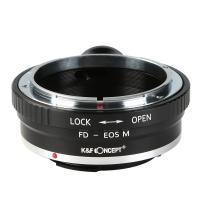
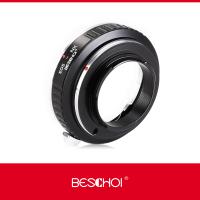
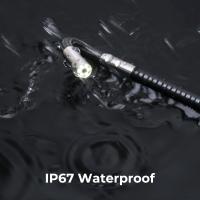

There are no comments for this blog.